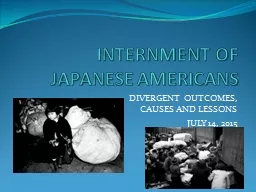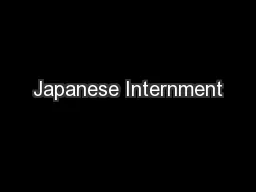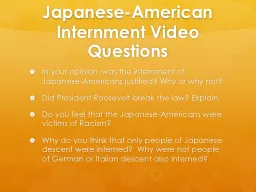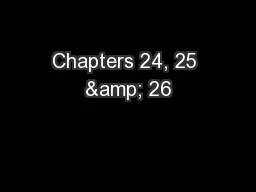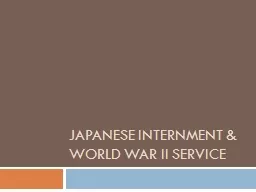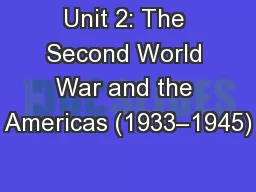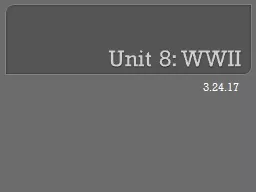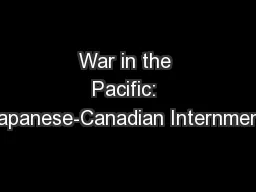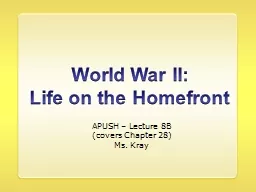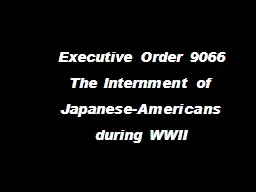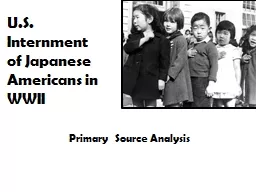PPT-INTERNMENT OF JAPANESE AMERICANS
Author : lois-ondreau | Published Date : 2016-05-15
DIVERGENT OUTCOMES CAUSES AND LESSONS JULY 14 2015 INTERPRETATIONS VERSION ONE INTERNMENT WAS FUNDAMENTALLY THE PRODUCT OF BROAD DAMNING FACTORS WITHIN THE AMERICAN
Presentation Embed Code
Download Presentation
Download Presentation The PPT/PDF document "INTERNMENT OF JAPANESE AMERICANS" is the property of its rightful owner. Permission is granted to download and print the materials on this website for personal, non-commercial use only, and to display it on your personal computer provided you do not modify the materials and that you retain all copyright notices contained in the materials. By downloading content from our website, you accept the terms of this agreement.
INTERNMENT OF JAPANESE AMERICANS: Transcript
Download Rules Of Document
"INTERNMENT OF JAPANESE AMERICANS"The content belongs to its owner. You may download and print it for personal use, without modification, and keep all copyright notices. By downloading, you agree to these terms.
Related Documents

